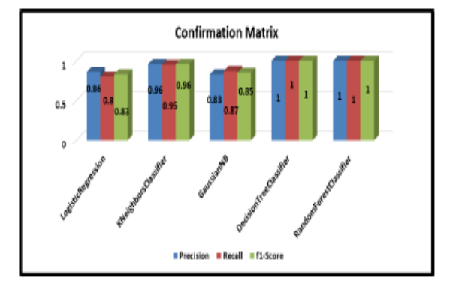


Indian Journal of Science and Technology
Year: 2024, Volume: 17, Issue: 19, Pages: 1983-1993
Original Article
Purvi Sankhe1*, Mukesh Dixit2
1Research Scholar, Sanjeev Agrawal Global Educational University, Bhopal, Madhya Pradesh, India
2Associate Professor, Sanjeev Agrawal Global Educational University, Bhopal, Madhya Pradesh, India
*Corresponding Author
Email: [email protected]
Received Date:19 March 2024, Accepted Date:12 April 2024, Published Date:09 May 2024
Objective: To create an AI-powered recommendation system that is designed for IT professionals to help them choose the best software development approaches. Through the use of specified data parameters. Methods: The recommendation system will make use of machine learning algorithms and data analysis methods to examine team dynamics, project needs, and other variables. The technology will enable developers to improve the quality of products and speed up the development process by recommending suitable development methodologies. Data parameters considered for the development of the recommendation model fall into four categories: requirements, user involvement, development team, type of project, and risk associated with it. Findings: Existing recommendation systems developed by different researchers are applicable for only requirement elicitation and to recommend different phases of the development process, whereas systems that will help select development methodology are not available in the existing systems. Among the five machine learning algorithms applied in the recommender system building process, the DecisionTree Classifier and RandomForest Classifier exhibit superior performance, achieving 100% accuracy, while the Kneighbors Classifier indicates 94.74% accuracy. Novelty: This study of systems introduces a novel approach to software development methodology, a recommender system, which helps IT developers select the best appropriate development approach for the development of a software product or project based on the type of project to be built and other data parameters.
Keywords: Agile, Development, Requirements, Methodology, User, Customer
© 2024 Sankhe & Dixit. This is an open-access article distributed under the terms of the Creative Commons Attribution License, which permits unrestricted use, distribution, and reproduction in any medium, provided the original author and source are credited. Published By Indian Society for Education and Environment (iSee)
Subscribe now for latest articles and news.